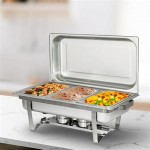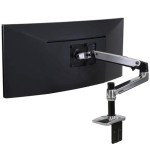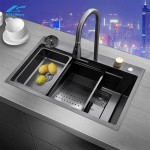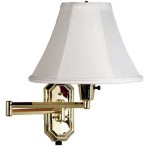Essential Aspects of Battery Powered Carbon Monoxide Alarms
In residences and workplaces, battery-powered carbon monoxide alarms are vital lifelines that guard against the dangers of carbon monoxide poisoning. Understanding the essential aspects of these alarms is paramount for ensuring their effectiveness in safeguarding your well-being. This article delves into each crucial aspect, equipping you with the knowledge to select the ideal alarm for your needs.
Sensor Type: Battery-powered carbon monoxide alarms employ electrochemical or biomimetic sensors to detect the presence of carbon monoxide in the air. Electrochemical sensors are reliable and affordable, while biomimetic sensors offer higher sensitivity and stability.
Alarm Features: Alarm features play a vital role in effectively alerting occupants to potential hazards. Look for alarms with loud, distinctive alarm sounds that meet industry standards, and consider models with additional features like voice alerts, strobe lights, and remote connectivity for enhanced safety.
Placement and Maintenance: To ensure optimal detection and performance, follow the manufacturer's instructions carefully regarding placement and maintenance. Mount alarms on every level of your home, including bedrooms, hallways, and areas where potential sources of carbon monoxide are located. Regular battery replacement and monthly testing are essential for reliable operation.
Certification and Standards: Opt for alarms certified by reputable organizations such as Underwriters Laboratories (UL) or Intertek (ETL). These certifications indicate that the alarms meet industry safety standards, ensuring their reliability and effectiveness.
Life Expectancy: Battery-powered carbon monoxide alarms generally have a life expectancy of 5-7 years. Replace alarms promptly when they reach the end of their lifespan or malfunction to maintain continuous protection.
Carbon Monoxide Exposure Symptoms: Recognizing the symptoms of carbon monoxide poisoning is crucial for timely response and emergency care. Common symptoms include headaches, nausea, dizziness, difficulty breathing, and loss of consciousness. If you suspect carbon monoxide exposure, evacuate the area immediately and seek medical attention.
Conclusion: By considering the essential aspects of battery-powered carbon monoxide alarms, you can make an informed decision when choosing and maintaining a life-saving device that protects your home and loved ones. Remember, early detection and response can prevent tragic incidents and safeguard your well-being.

First Alert Co400 Battery Powered Carbon Monoxide Detector Target

Li Ion Battery Operated Carbon Monoxide Alarm China Co Detector Made In Com

Kidde Code One Carbon Monoxide Detector Battery Powered Co 21029508 The Home Depot

Battery Operated Carbon Monoxide Alarms By Usi

Battery Operated Carbon Monoxide Alarm

Kidde Firex Carbon Monoxide Detector Battery Operated Co 21030863 The Home Depot

Worry Free 10 Year Sealed Lithium Battery Operated Carbon Monoxide Alarm W Digital Display Kidde

Kidde Battery Operated Carbon Monoxide Alarm K5co

Battery Operated Carbon Monoxide Alarm

Battery Powered Smoke And Carbon Monoxide Detector








